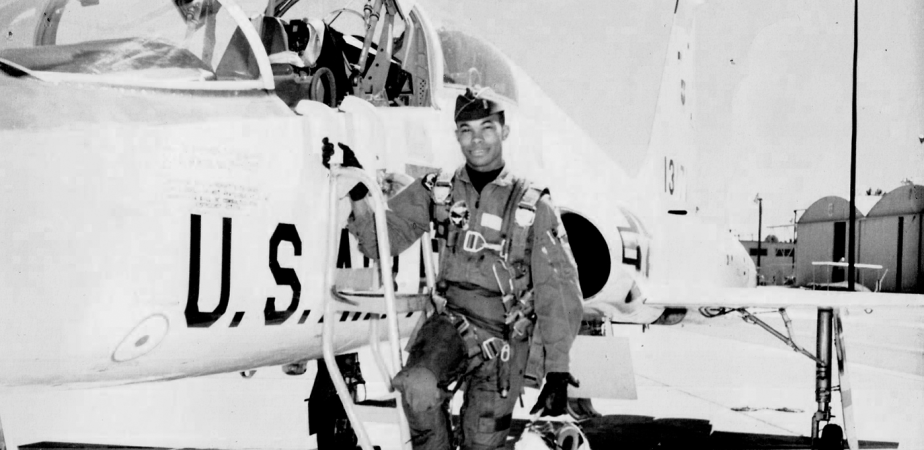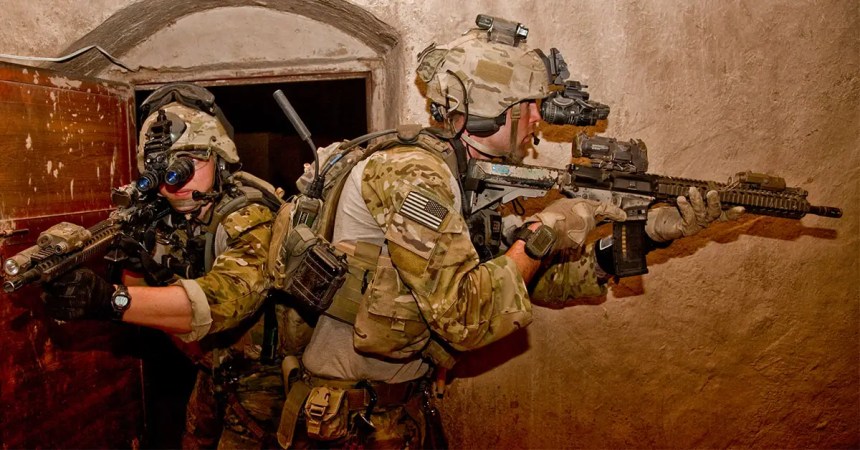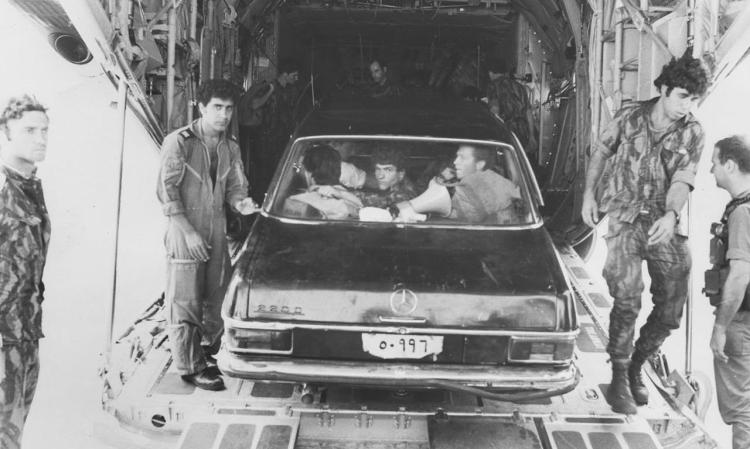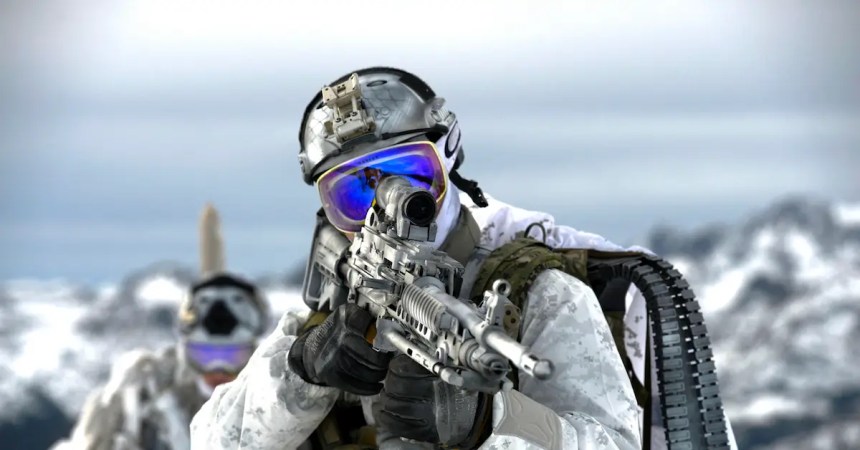On December 26, 1994, millions of shoppers across North America rushed to malls in an attempt to make the most of post-Christmas sales. Across the Atlantic Ocean, at an airport in Marseille, France, a small group of men decked out from head to toe in black garb were doing a different kind of rushing — clinging to the back of a mobile staircase while barreling at high speed (or at least as fast as the truck would go) down a runway.
These weren’t ordinary men. Their target was a hulking, cream-white Airbus A300 filled with more than 160 scared and bewildered passengers and flight crew, some of whom were now resigned to accepting an imminent death.
The men on the mobile stairs planned on taking the aircraft in front of them by force, even if it meant giving up their lives in the process. Success was the only acceptable outcome of this operation. Failure would result in the massacring of innocents. Hailing from the National Gendarmerie Intervention Group (more popularly known as GIGN), these black-clad ninjas were counter-terrorists, the best France had to offer.

(The Aviation Intelligencer YouTube)
Today’s mission was a hijacked Air France airliner, wired with explosives and crammed with 166 innocent lives. A small group of hijackers, armed to the teeth, were identified as the targets of this mission. Negotiations had failed and the last-resort scenario was now in play.
Just a few days earlier, on Christmas Eve, that same aircraft sat at an airport in Algeria with flight attendants scurrying around, preparing the cabin for takeoff. The pilots and flight engineers chatted among themselves as they completed their pre-departure checklist. Labeled Air France Flight 8969, this plane would travel with 236 passengers and crew from Algiers to Paris.
Civilian airlines flying routes into Algeria were repeatedly warned, at the time, that their planes were under constant threat of missile attacks. As a result, Air France only allowed crews who volunteered for the Algiers route to fly it, as long as they knew the risks involved.
On December 24th, the threat didn’t come from a missile but rather from 4 members of the Armed Islamic Group — a Middle Eastern terrorist organization. Disguised as members of the Algerian presidential security force, they walked into the cabin of the Airbus without arousing any suspicion, though some found it quite odd that they visibly carried their weapons.
Outside the aircraft, airport personnel began to worry when the airliner sat on the apron, sealed and ready to depart for Paris, but didn’t move an inch. Already facing delay, the control tower tried to hail the cockpit — no response. Fears began to manifest and armed tactical response teams were deployed immediately.

(Domenjod)
It was hijacked.
Aboard Flight 8969, the hijackers began checking passports, likely to earmark targets for execution in the event that their demands weren’t met. Soon after, amidst terrified screams, the terrorists revealed their intention to take the aircraft and waved their guns in the air, demanding cooperation.
The hijackers wired explosives in the cockpit and the main cabin while forcing the pilots, at gunpoint, to exchange clothes with them. The airliner was surrounded outside by police and Algerian military personnel. Negotiations began, but would soon break down.
Within hours of the hijacking, two passengers were executed and their bodies were dumped outside the aircraft. Attempts to use the lead hijacker’s mother to get him to surrender peacefully further enraged the terrorist, causing a breakdown in communications. By the following day, Christmas, another passenger was executed. French government officials were outraged — the Algerian military had botched the situation and were losing innocent lives.

(Domenjod)
After releasing just over 60 passengers as a sign of good faith, the aircraft was eventually allowed to take off and continue to France, albeit to Marseille as it had burned through too much fuel to make it to Paris.
GIGN was notified and they diverted their aircraft to Marseille, which had already taken off for Spain — as close as they could get to Algeria without entering the country. Having familiarized themselves with the Air France A300 they were aboard — identical to Flight 8969 — they were ready to roll as soon as their plane touched down.
In the early hours of December 26, Flight 8969 landed and was ushered to a secluded spot at Marseille, Unbeknownst to the hijackers, they were now under surveillance by highly-trained and well-experienced GIGN snipers. Their new demands confirmed the rumors of an attack on Paris. They ordered 27 tons of fuel, instead of just the 9 they needed to make it to Paris.
They intended on turning the A300 into a flying, fuel-laden bomb, triggered using the explosives they had previously wired. When detonated over densely-populated Paris, it would kill all on the flight, scores on the ground, and wound and maim many more. GIGN wasn’t about to let this happen.
Tricking the hijackers into clearing a space in the front of the aircraft for a press conference (and forcing the passengers further towards the back of the jet), GIGN prepped the aircraft for a takedown. In the early evening of December 26, the raid began.
Airstairs (mobile staircases) began racing towards Flight 8969 loaded with GIGN commandos that were armed with submachine guns and pistols. They threw stun grenades and entered the fray.
In the chaos, one of the plane’s pilots jumped out of the cockpit window and hobbled to safety. Snipers began firing into the cockpit, aiming for a hijacker they knew had hunkered down in there. The teams that entered through the rear of the aircraft evacuated passengers. Three hijackers were immediately killed; a fourth remained in the cockpit for 20 minutes before meeting his end.
By the end of the engagement, all four hijackers were dead. 13 passengers and 3 crew were wounded. Aside from the 3 passengers who were executed, all survived. The majority of the Air France flight crew returned to the skies despite the trauma.










